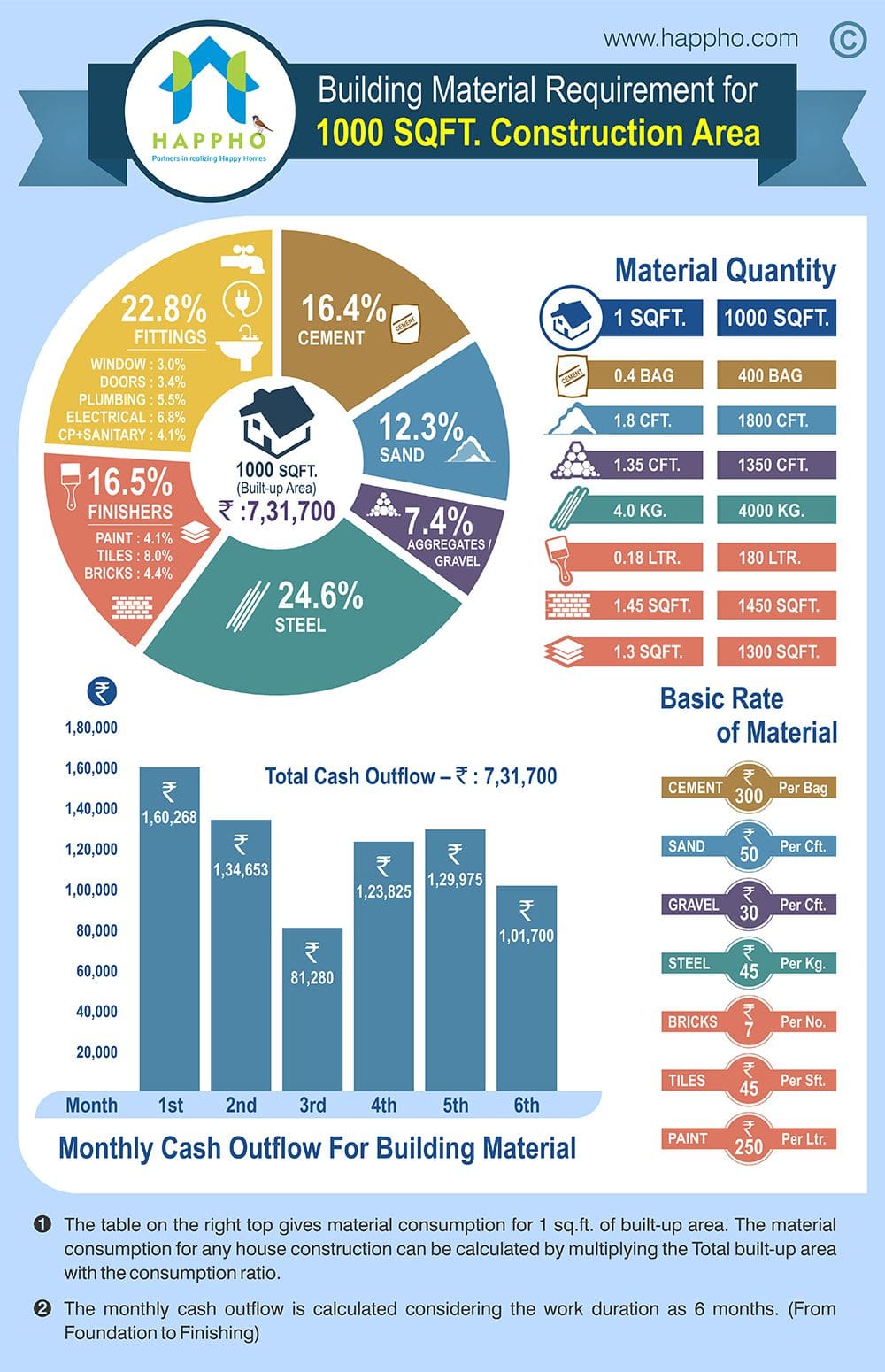Explore The Duty Of Seasonal Consider The Success Of Industrial Outside Paint And Reveal The Very Best Times To Safeguard Enduring Results For Your Task
Explore The Duty Of Seasonal Consider The Success Of Industrial Outside Paint And Reveal The Very Best Times To Safeguard Enduring Results For Your Task
Blog Article
Short Article By-Aguilar Decker
When you're preparing an industrial exterior paint project, seasonal elements can make or break your results. You'll intend to take into consideration just how temperature and humidity impact paint application and drying times. Selecting the best period can guarantee your paint sticks correctly and lasts much longer. Yet which seasons are really the most effective for this type of work? Let's discover the crucial elements that can affect your project's success.
The Influence of Temperature Level on Paint Application
When you're preparing an industrial external paint task, the temperature level can substantially influence just how well the paint sticks and dries out.
Ideally, you want to paint when temperature levels range between 50 ° F and 85 ° F. If it's also chilly, the paint might not heal properly, leading to concerns like peeling or splitting.
On the other hand, if it's as well warm, the paint can dry out as well quickly, avoiding proper bond and leading to an unequal coating.
You need to also think about the moment of day; early morning or late afternoon uses cooler temperature levels, which can be extra favorable.
Constantly examine the maker's recommendations for the details paint you're making use of, as they frequently give guidance on the suitable temperature range for optimum outcomes.
Moisture and Its Result on Drying Times
Temperature isn't the only environmental variable that influences your commercial exterior paint job; moisture plays a substantial role too. https://www.cleveland19.com/2023/04/18/lakewoodalive-kicks-off-paint-program-2023-season/ can decrease drying times significantly, impacting the total top quality of your paint work.
When the air is saturated with moisture, the paint takes longer to treat, which can lead to issues like poor attachment and a greater risk of mold growth. If you're painting on a particularly moist day, be gotten ready for extensive delay times between layers.
It's important to keep track of neighborhood climate condition and plan as necessary. Ideally, go for moisture levels in between 40% and 70% for optimal drying.
Keeping these consider mind ensures your task stays on track and provides a long-term coating.
Best Seasons for Commercial Exterior Paint Projects
What's the best season for your industrial external paint projects?
Springtime and early loss are normally your best options. Throughout these seasons, temperature levels are light, and moisture degrees are often lower, producing perfect problems for paint application and drying.
Stay clear of summer season's intense heat, which can cause paint to completely dry also promptly, resulting in inadequate adhesion and finish. Similarly, winter months's cold temperature levels can prevent proper drying out and healing, risking the long life of your paint job.
Go for days with temperatures in between 50 ° F and 85 ° F for optimum results. Keep in mind to check the local weather prediction for rain, as wet problems can spoil your project.
Planning around these elements guarantees your painting job runs smoothly and lasts much longer.
Conclusion
Finally, intending your commercial outside painting projects around seasonal considerations can make a significant difference in the result. By scheduling work throughout the optimal temperatures and moisture degrees, you'll ensure far better adhesion and drying times. Remember to keep browse this site on neighborhood weather report and choose the right time of year-- springtime and very early autumn are your best choices. Taking these steps will certainly assist you attain a durable and expert finish that lasts.
